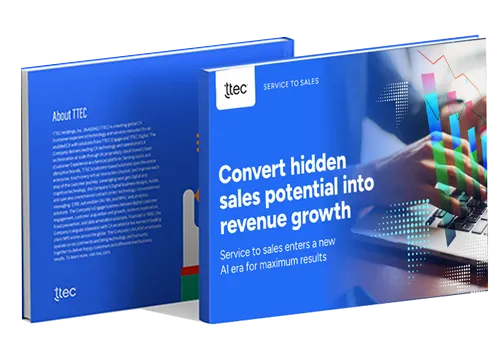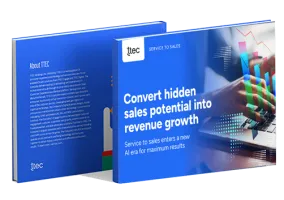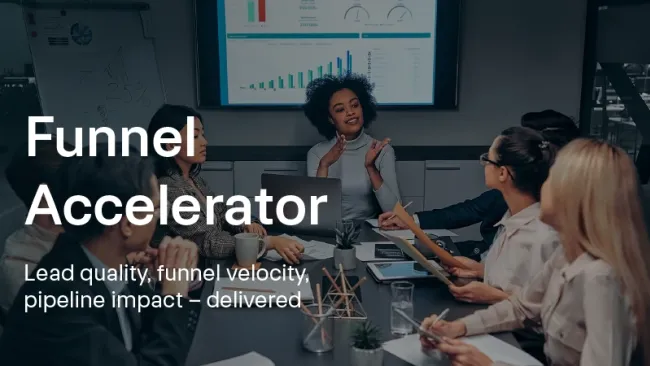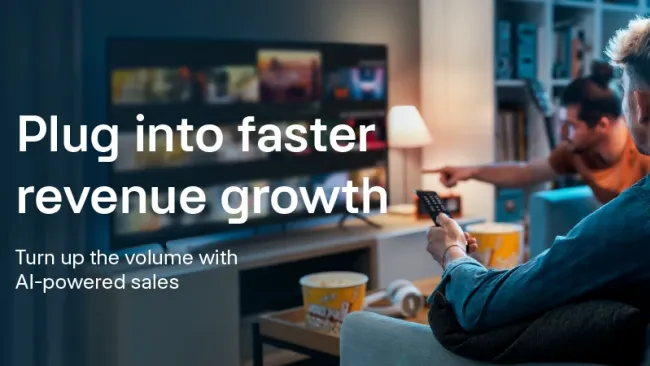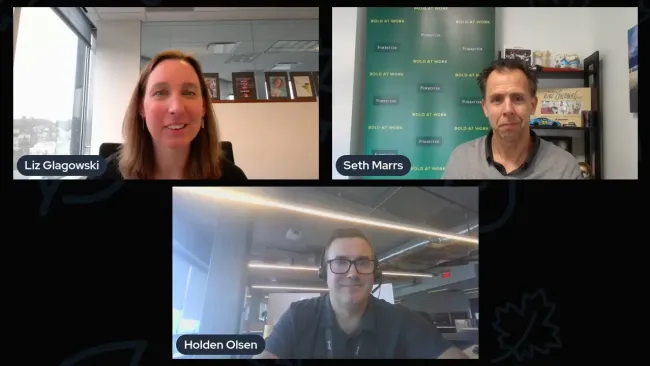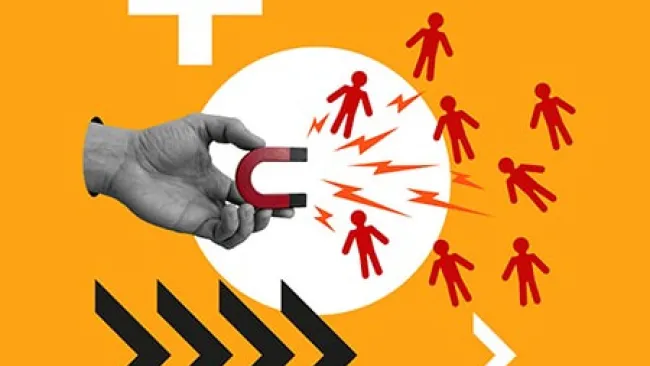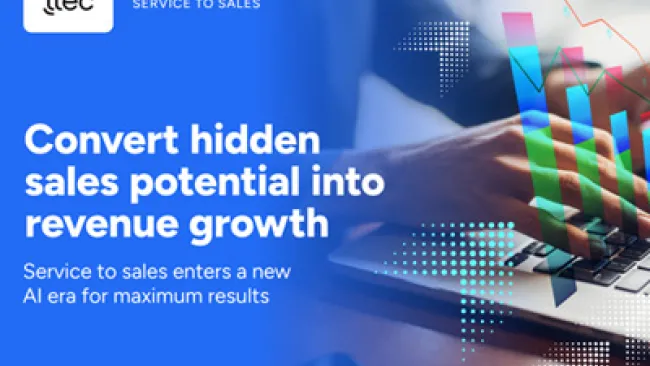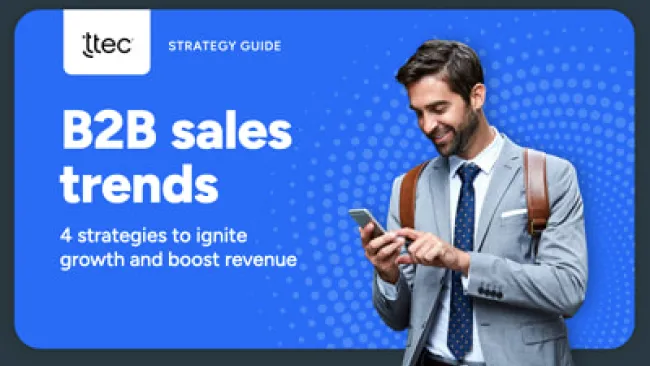Too many companies are missing the mark when it comes to their sales development representative (SDR) incentive programs, and their pipelines are suffering greatly because of it.
TTEC used to be one of those companies. Like so many others, our SDR strategy and processes put too much emphasis on how many meetings SDRs booked and not enough on how many sales accepted opportunities they generated.
We always advise our clients to build their sales teams around opportunity-based goals, yet we failed to do it at our own company – until we made a few significant changes earlier this year that have already greatly improved our lead quality, SQL-to-SAL conversion ratio, and pipeline revenue.
Ask yourself this question: do you want your SDRs to just focus on top-of-funnel and produce sales meetings? Or do you want them to be truly aligned to your sales priorities, creating qualified pipeline and cultivating opportunities that can then be passed on to your sellers?
Your answer probably depends on what you’re selling. Brands that sell transactional products may only need their SDRs to perform the first role mentioned above, but companies with more-nuanced and longer sales cycles should be aiming for the latter.
Align incentives with broader sales goals
One of the biggest mistakes we used to make at TTEC was having our compensation structure geared more toward rewarding SDRs for booking meetings – whether or not those meetings resulted in an opportunity or sales-accepted lead (SAL). This was primarily in response to COVID but we have matured past that season.
Avoidable or not, this created a culture where quantity was perceived to be valued more than quality, and it led to SDRs passing leads on to sellers that weren’t as well-vetted as they should have been.
In the spring of 2022, we decided to make a change. We knew we needed to implement processes that better supported the mission of our go-to-market sales strategy. We revamped our SDR incentive structure; now, SDRs receive triple the compensation if a meeting they book results in a SAL or opportunity. We also started increasing payout to SDRs based on any closed/won deals they helped originate.
Now we have an incentive structure that’s more focused on quality and incentivizes SDRs to pursue meaningful leads. It’s created a more cohesive relationship between our SDRs and our sellers. SDRs may not log as many SQLs as they used to, but the ones they do pass on to sellers have a higher likelihood of being won. This coupled with KPIs ensure that the SDRs are held accountable and feel as though they are a GTM value team member.
Get all your SDRs on the same page
To help SDRs land more meetings, we recently implemented a sales engagement playbook.
With decades of experience helping brands improve their B2B sales, we compiled all the best practices we’ve accumulated and put them to work within our own company. The playbook we designed gives all our SDRs clear guidance regarding outreach sequences. It outlines the ideal cadence for sales engagement based on lead type, which channels to use and when, tips for effective email subject lines, and suggestions about what content to include.
Most importantly, the playbook is buyer persona-led. That’s crucial, since different prospects will respond to different types of touchpoints and messaging depending on their business goals, job titles, and their roles in the buying process.
Now, all our SDRs use the same framework, which provides a consistent approach and process. There also are opportunities for them to customize and personalize their outreach when it makes sense.
We also trained our SDR team on BANT qualification (Budget, Authority, Need, and Timing), so they now target the right people from the outset and our sellers are meeting with people who actually have the authority to make buying decisions. Training the team in BANT quickly increased our SQLs by 25% and our SALs by 15% in one quarter, and those higher-quality leads have created $100 million in new pipeline average contract value.
Rethink how you measure success
Once your SDRs are equipped with the tools and strategy they need to be successful, you’ve got to hold them accountable. When we trained our SDRs in BANT, for instance, we started ranking them based on the number of SQLs and SALs they generate using this new approach.
At TTEC, we’ve changed how we think of success and how we ensure all members of our sales team are engaged, accountable, and incentivized. We used to track only the numbers of meetings SDRs booked, but now we also track when those meetings take place. The result? Our sales leaders have a better understanding of which SDRs generate meetings and contribute to opportunities.
With data-driven trackers, we’re now assessing conversion rates, pipeline generation, and closed business rates by SDR, and we’re using those actionable insights to inform our sales strategy and decision making.
We’re excited about the results we’re seeing – and that we know other brands can see – from these approaches. In less than a year we’ve doubled our pipeline generation and we look forward to sharing what we’ve learned with our clients.


